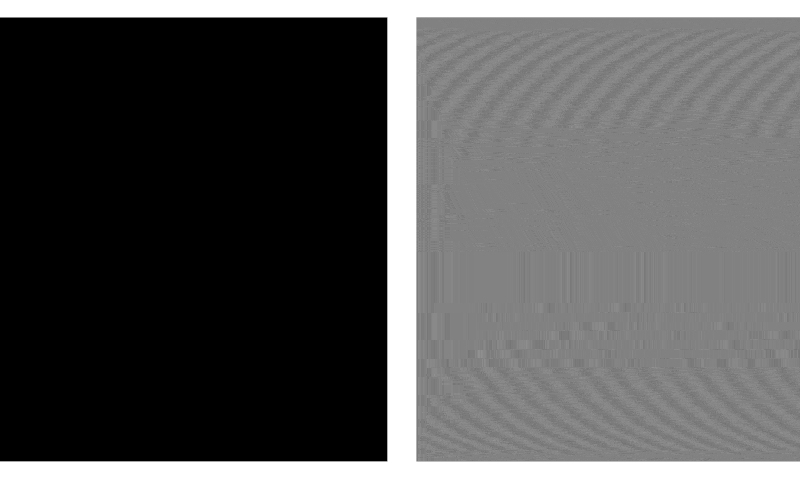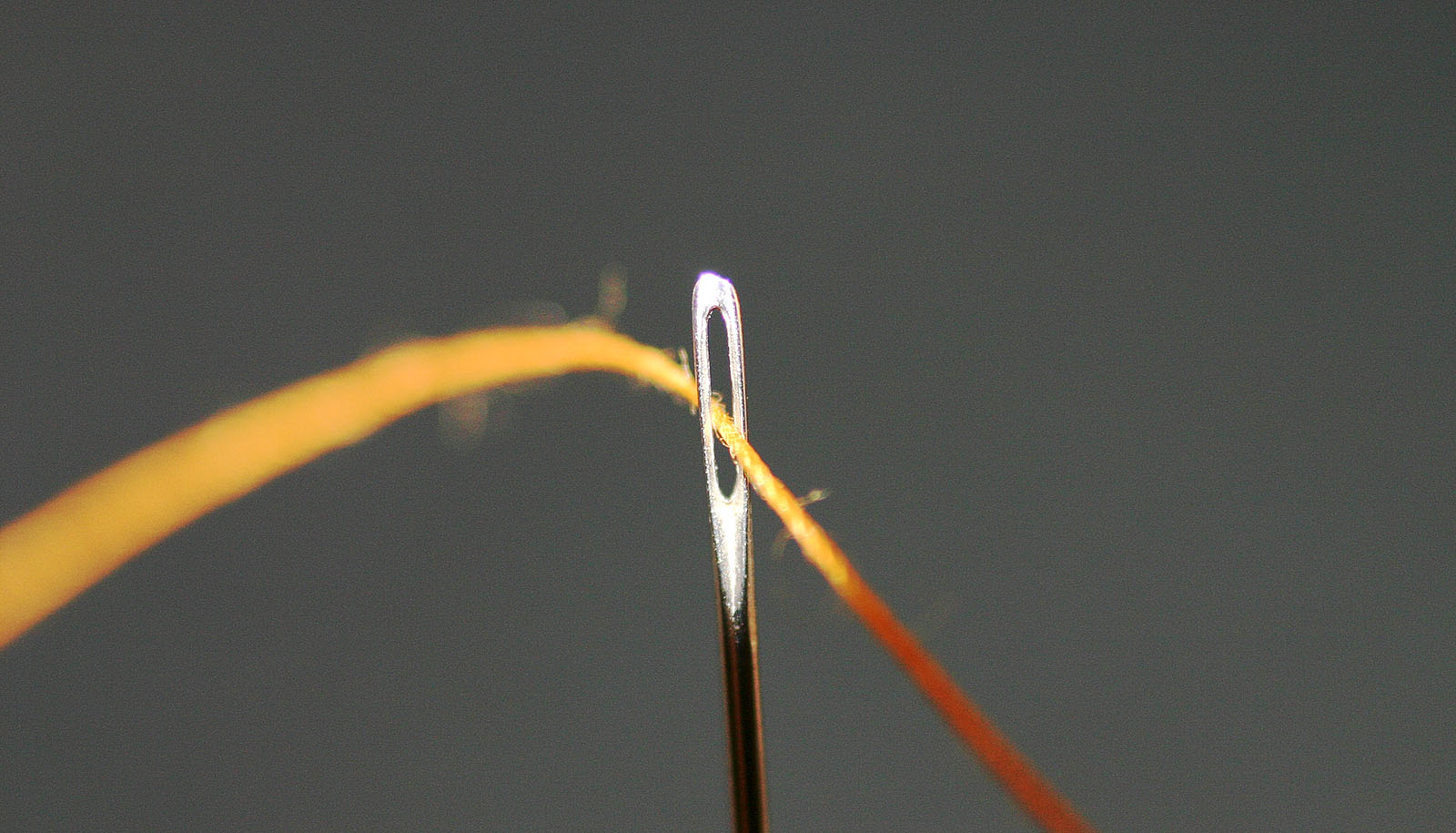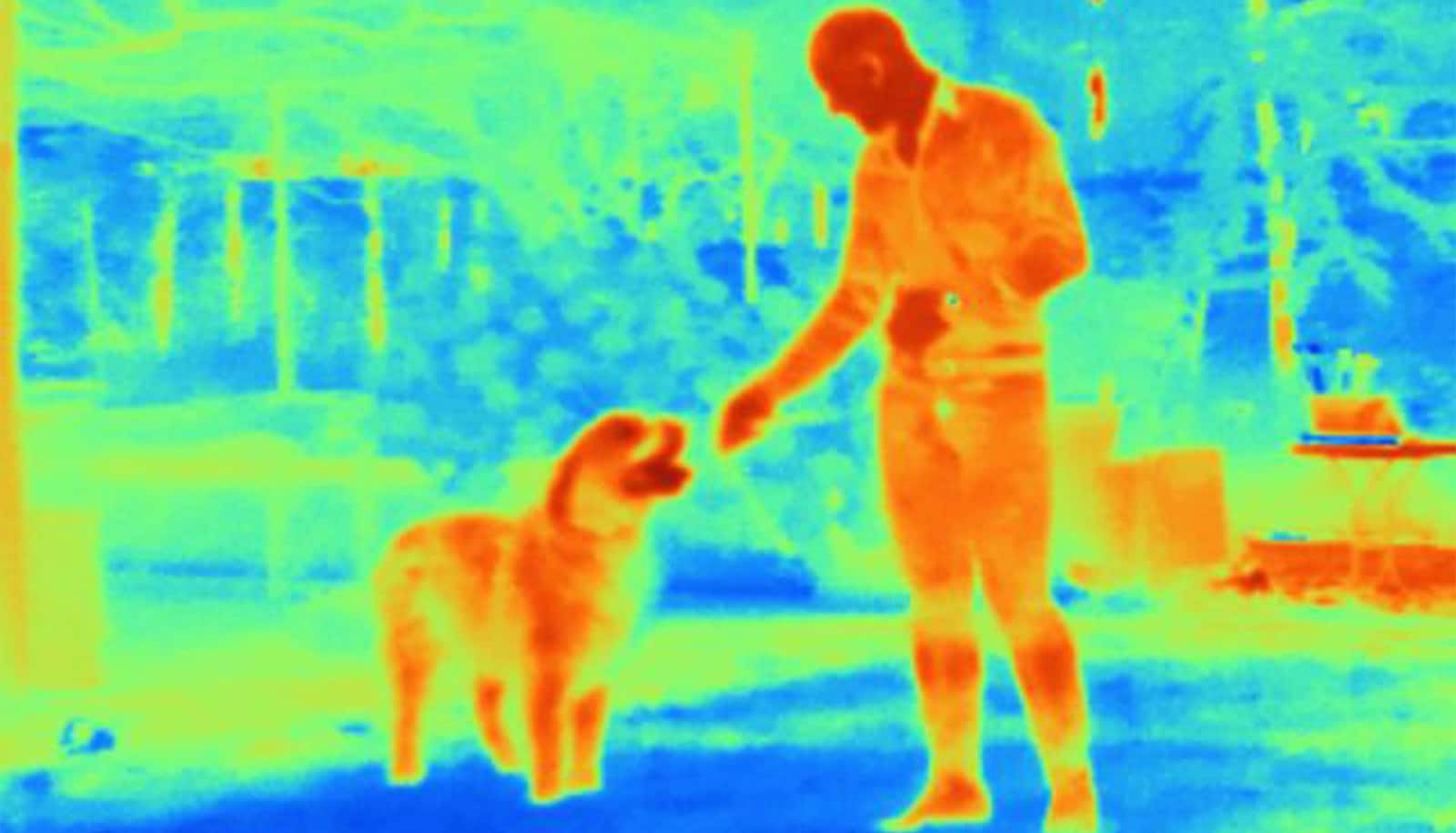Scientists have come up with an “analytically beautiful mathematical solution” to create a new type of beam pattern. It could apply to light, ultrasound, radar, and sonar and could yield unprecedented sharpness.
The pattern causes a light or sound wave to collapse inward, forming—during a mere nanosecond or less—an incredibly thin, intense beam before the wave expands outward again.

“All the energy fits together in time and space so it comes together—BAM!—like a crescendo,” says Kevin Parker, explosively clapping his hands for emphasis. “It can be done with an optical light wave, with ultrasound, radar, sonar–it will work for all of them.”
Parker, an engineering professor at the University of Rochester, created the “needle pulse beam” with colleague Miguel Alonso, an optics professor. They describe it in a paper in Optics Express.
Why this beam is different
Most traditional beam patterns maintain a persistent shape as long as the source is operating. But, they are not as intense as the new beam.
“It is very localized, with no extensions or side lobes that would carry energy away from the main beam,” says Alonso.
“Finding a new beam pattern is like finding a new element. It doesn’t happen very often.”
Side lobes, radiating off a beam like the halos sometimes seen around a car headlight, are especially problematic in ultrasound. “Side lobes are the enemy,” Alonso says. “You want to direct all of your ultrasound wave to the one thing you want to image, so then, whatever is reflected back will tell you about that one thing. If you’re also getting a diffusion of waves elsewhere, it blurs the image.”
Because it is incredibly narrow, the new beam “makes it possible to resolve things at exquisite resolutions, where you need to separate tiny things that are close together,” Parker says, adding that the beam could have applications not only for ultrasound, but microscopy, radar, and sonar.
According to Alonso, industrial applications might include any form of laser materials processing that involves putting as much light as possible on a given line.
‘It doesn’t happen very often’
The idea for the needle pulse beam originated with Parker, an expert in ultrasound, who for inspiration often peruses mathematical functions from a century or more ago in the “ancient texts.”
“I could see a general form of the solution; but I couldn’t get past the equation,” he says. “So I went to the person (Alonso) who I consider the world’s leading expert on optical theory and mathematics.”
The pattern results from what Parker calls “an analytically beautiful mathematical solution” that Alonso devised. He says it came to him while swimming with his wife in Lake Ontario.
“Many of the ideas I have do not happen at my desk,” Alonso says. “It happens while I’m riding my bicycle, or in the shower, or swimming, or doing something else—away from all the paperwork.”
Scientists find mathematical rules in random droplets
Parker says this discovery continues an international quest that began at the University of Rochester. In 1986—in the face of worldwide skepticism—researchers offered evidence of an unexpected new, diffraction-free light form. The so-called Bessel beam is now widely used.
“It had been decades since anyone formulated a new type of beam,” Parker says. “Then, as soon as the Bessel beam was announced, people were thinking there may be other new beams out there. The race was on.
“Finding a new beam pattern is like finding a new element. It doesn’t happen very often.”
Source: University of Rochester



